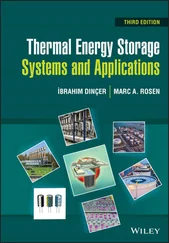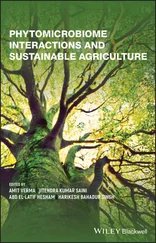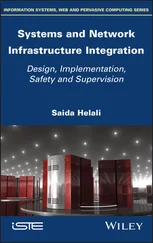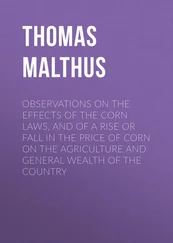Sustainable Agriculture Systems and Technologies
Здесь есть возможность читать онлайн «Sustainable Agriculture Systems and Technologies» — ознакомительный отрывок электронной книги совершенно бесплатно, а после прочтения отрывка купить полную версию. В некоторых случаях можно слушать аудио, скачать через торрент в формате fb2 и присутствует краткое содержание. Жанр: unrecognised, на английском языке. Описание произведения, (предисловие) а так же отзывы посетителей доступны на портале библиотеки ЛибКат.
- Название:Sustainable Agriculture Systems and Technologies
- Автор:
- Жанр:
- Год:неизвестен
- ISBN:нет данных
- Рейтинг книги:5 / 5. Голосов: 1
-
Избранное:Добавить в избранное
- Отзывы:
-
Ваша оценка:
- 100
- 1
- 2
- 3
- 4
- 5
Sustainable Agriculture Systems and Technologies: краткое содержание, описание и аннотация
Предлагаем к чтению аннотацию, описание, краткое содержание или предисловие (зависит от того, что написал сам автор книги «Sustainable Agriculture Systems and Technologies»). Если вы не нашли необходимую информацию о книге — напишите в комментариях, мы постараемся отыскать её.
A robust treatment of traditional and new techniques in sustainable agriculture Sustainable Agriculture Systems and Technologies,
Sustainable Agriculture Systems and Technologies
Sustainable Agriculture Systems and Technologies — читать онлайн ознакомительный отрывок
Ниже представлен текст книги, разбитый по страницам. Система сохранения места последней прочитанной страницы, позволяет с удобством читать онлайн бесплатно книгу «Sustainable Agriculture Systems and Technologies», без необходимости каждый раз заново искать на чём Вы остановились. Поставьте закладку, и сможете в любой момент перейти на страницу, на которой закончили чтение.
Интервал:
Закладка:
Although it is evident that farming is the only essential occupation, which can combat the food and livestock needs, some states in India, namely Punjab and Haryana, which are known as the “food bowls” of the country, are encountering major distress. The prime issues include appropriate operating of the machinery required for harvesting and threshing, winnowing, packaging, and transportation of the Rabi crop. Complete interruption of services has rendered the farmers more skeptical of their fate. Permission from the Government to harvest Rabi crops through the process of machine harvesting has encouraged the farmers. The implementation of the COVID‐19 emergency response and health system preparedness package has been planned by the state government in Phase 1, 2, and 3. The center has funded a five‐year scheme worth INR 15 000 crores to strengthen the nation and state level systems as the country is combating to control the infectious SARS‐CoV‐2.
4.6.1 Lack of Agricultural Labor Holds Up Harvesting
ICAR, which is the apex body of the government of India assessing the impact of the lockdown ensuing from the outbreak of the COVID‐19 on agriculture and its allied sectors, is preparing the roadmap to minimize its demerits to prevent its impact on the food system (Chander 2020; Gupta et al. 2020a,b). While the government has exempted many agricultural operations including harvesting to the movement of produce to the markets according to the directives of the lockdown, ICAR has issued specific advisories to the farmers directing them to take general precautions and safety measures during crop harvesting, post‐harvest operations, seed storage, and their marketing (Khan et al. 2016). However, considering the current situation and spread of the pandemic throughout the country, it is apparent that the farmers have little to hope for. Excluding the farmers of the Bundelkhand region, there can be no better assessment of the adverse impact of the lockdown ensuing from the outbreak of the COVID‐19 than that was observed with other farmers of the country.
The nationwide lockdown has increased the social and economic burden of the farmers in the Bundelkhand region, shattering their hopes and sinking them into the debt trap (APEDA 2019). Subsequently, the farmers of Bundelkhand have employed all their resources to meet the challenges of unpredictable weather. However, these attempts have only been documented through official paperwork (Chaba and Damodara 2020). Due to the absence of any worthy support system, the farmers have put everything at stake to take loans and plan for the next crop season. All efforts to break the longstanding belief that Indian farmers are risk‐averse have been made ( Figure 4.5). They have experimented and invested for their betterment.
As per the government's data from Indian solicits, an average of 263 million people are directly engaged in the farming and agriculture sector. Of these, over 55% do not own the croplands (Chakraborty et al. 2017; Chander and Mohan 2020). A prime concern ensuing the announcement of the lockdown by the Prime Minister of India on 24 March 2020, due to the outbreak of COVID‐19, lakhs of people have left the cities on account of unemployment and returned to their villages to avoid the pressures of maintaining a family in cities with a high cost of living. Moreover, they have returned unemployed.
4.6.2 Is Price Crash in the Post‐Lockdown Phase a Reality?
Although it was predicted that the lockdown would be lifted after 21 days from 24 March 2020, now extended to extra 19 days 03 May 2020, farm experts are still burdened by the anticipation of a cash crash in the mandis, which might seriously impact their state of mental wellbeing. Everywhere, farmers are apprehensive and anticipating retraction of the lockdown. However, it is possible that, even if the lockdown ends, the mandis may not perform effectively in the post‐lockdown period and the farmers may encounter a cash crash. This situation may potentially lead to the dumping of fruits, vegetables, and other farm produce, damaging the economic status of the farmers.
In the seven districts like Jhansi, Lalitpur, Banda, Jalaun, Hamirpur, Chitrakoot, and Mahoba of the Bundelkhand region of Uttar Pradesh, a change in the cropping pattern is being witnessed, which is not by choice but the only option available, which includes irrigation of the winter crop instead of the kharif crop. The failure to harvest in the past has led to a spate of suicides, which is continuing till date with the decadal numbers witnessing a spike. The failure of the existing government schemes in the Bundelkhand region is evident, in which, weather uncertainties are chronic. However, the situation is similar in the other regions of the country as well. Finally, quick policy measures by the government considering the specific need of time in relation to the specific regions throughout the country including direct procurement, landless laborers, direct cash transfers to the farmers and interest subvention through cash transfers and KCC modes are the ways to overcome this crisis and minimize the impact of this lockdown.
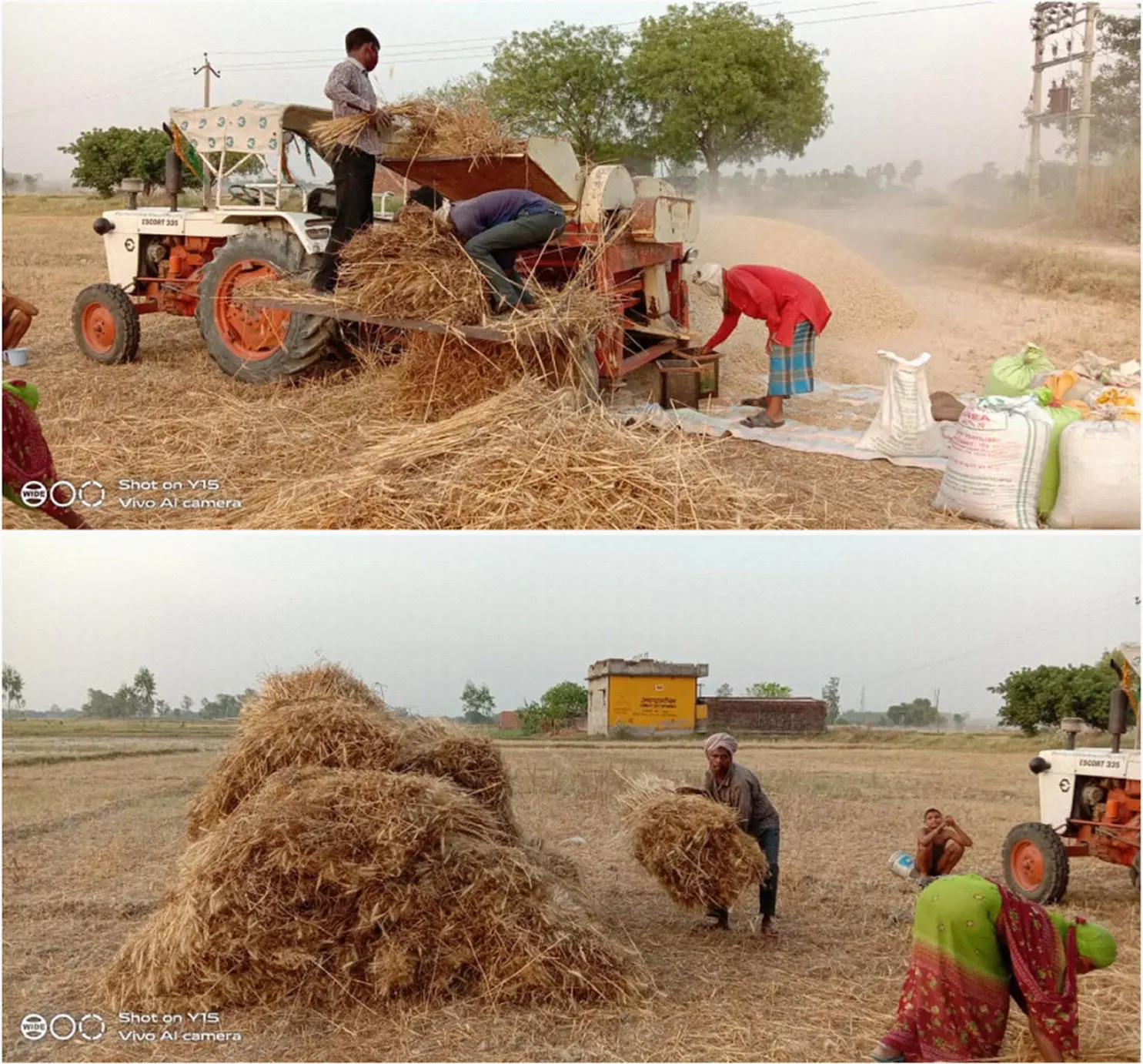
Figure 4.5 Wheat/rice crops are ready for harvesting at many places and farmers in India are worried that they would incur huge losses due to the lockdown ensuing from the outbreak of COVID‐19.
4.6.3 Steps Taken by the Government to Announce Packages, Do They Support?
The short‐term lockdown resulting from outbreak of the COVID‐19 pandemic has interrupted the state supply of food and stock and is mainly influencing the economic strategy of the country. The advisory board of the government for political and fiscal concerns has informed in a report from the Food Corporation of India (FCI) that food grains constitute 77 million tons of cereals against a buffer supply requirement of 21 million tons on 1 April 2020. Moreover, this lockdown is a humanity‐related issue, in which, people are migrating back to the rural areas and reinforces the importance of having strong policies in place to tackle the decline in market availability for and sale of produce. The GoI has already announced that for the coming three months, 5 kg of free grains would be distributed to people registered under the National Food Security (NFS) Act. It is estimated that the FCI stockings may free up with help from the Government to help the migrants registered under the schemes from different states (Chakrabarti et al. 2019; Verma and Gustafsson 2020).
To overcome the current situation, the Indian Finance Minister has proclaimed a financial assistance of 1.7 trillion or INR 1.7 lakh crore rupees as subsidy to the people below the poverty line, which include 800 million people nationwide. Moreover, the GoI has announced a scheme called PM‐KISAN for Pradhan Mantri Kisan Samman Nidhi (Varshney et al. 2020a). This scheme was offered amounts of INR 2000 thrice to the Indian farmer after every fourth month by April 2020. Despite provision of this financial assistance by the government, experts have noted that 87 million farmers in India alone have refrained from expressing their optimism. However, it stops farmer during long lockdown period to express their main concern to the government (Jat et al. 2019; Yadav et al. 2019). Mandis in the states are currently closed on account of this lockdown, preventing an influx in the income of the farmers and harvesters. Farmers require money, particularly now, because it is the season of harvest. However, the lockdown ensuing from the COVID‐19 outbreak has impacted the mental stability and wellbeing of the farmers and is a precursor to a probable cash crash. Moreover, the government has not outlined a plan‐B to deal with this situation, though “having life, hoping future” is the message to uphold currently. Some experts have claimed that the announced relief packages are pitiable and not fulfilling the requirement of the farmers, which is a serious concern.
Читать дальшеИнтервал:
Закладка:
Похожие книги на «Sustainable Agriculture Systems and Technologies»
Представляем Вашему вниманию похожие книги на «Sustainable Agriculture Systems and Technologies» списком для выбора. Мы отобрали схожую по названию и смыслу литературу в надежде предоставить читателям больше вариантов отыскать новые, интересные, ещё непрочитанные произведения.
Обсуждение, отзывы о книге «Sustainable Agriculture Systems and Technologies» и просто собственные мнения читателей. Оставьте ваши комментарии, напишите, что Вы думаете о произведении, его смысле или главных героях. Укажите что конкретно понравилось, а что нет, и почему Вы так считаете.






